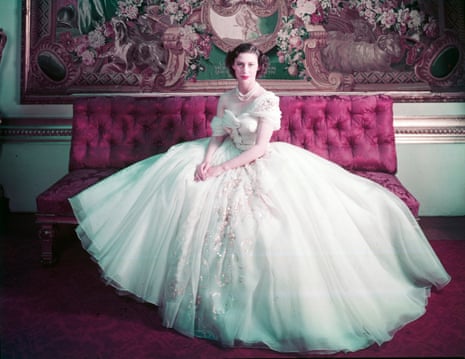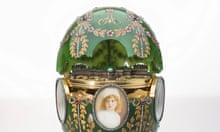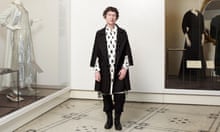“Fashion is an expression of faith. In this world of ours, that seeks to give away its secrets one by one, that feeds on false confidences and fabricated revelations, it is the very incarnation of mystery, and the best proof of the spell it casts is that, now more than ever, it is the topic on everyone’s lips.”
However relevant these words seem in the era of instagram influencers and fake news, they were spoken by the French fashion designer Christian Dior in 1956, 10 years after he launched his eponymous atelier in Paris at the age of 41. Today, on the eve of a major retrospective of his work at London’s Victoria and Albert Museum, it’s not just the late designer’s words that feel prescient.
His legacy as the founder of the world’s most illustrious fashion house means his handwriting is writ large across the world of contemporary style, more than 70 years after he unveiled his first collection to critical acclaim in February 1947.
From the business suits worn by career women in the city to Hollywood’s red-carpet gowns, the influence of this humble couturier looms large, while almost every modern designer has been inspired by his creations at some point in their career.
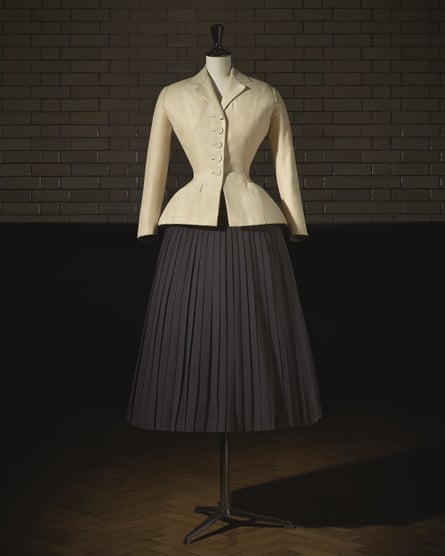
The “bar” suit – perhaps now one of the best-known styles of the 20th century with its full, knife-pleated skirt and strictly tailored hourglass jacket – was the lynchpin of Dior’s debut Corolle collection, shown at his fledgling salon on the Avenue Montaigne. “I wanted my dresses to be constructed, moulded on the curves of the female body whose contours they would stylise,” the designer said of his signature silhouette. “I accentuated the waist, the volume of the hips, I emphasised the bust.”
Still reeling from the austerity of the war, and the sombre mood that prevailed across Europe, Dior’s refreshingly extravagant use of fabric and flamboyant silhouettes was greeted with delight by assembled guests. As the presentation ended, the euphoric editor-in-chief of Harpers Bazaar, Carmel Snow, swept up to the former art gallerist, declaring: “It’s quite a revolution, dear Christian! Your dresses have such a new look!”. A Reuters correspondent overheard the accolade and filed the “new look” line to his bureau for global distribution, effectively creating the postwar equivalent of a viral hashtag.
And so it was that when the V&A appointed its first specialist curator of dress, Madeleine Ginsburg, 10 years later, one of her first acquisitions for the museum’s new costume court was the bar suit, donated by Dior in 1960 after Ginsburg approached the house and forged a close relationship that exists to this day.
“We now hold a spectacular collection [of Dior] in the V&A, including three looks from his first show, right up to more contemporary pieces,” explains Oriole Cullen, the museum’s current curator of fashion and textiles, who works closely with Soizic Pfaff, head of the archives at the French fashion house.

“By far the most requested piece at our clothworkers’ study centre, which houses an archive of over 100,000 fashion items and is open to designers, academics and members of the public by appointment, is the bar suit. That is testament to the power of Dior.”
This celebrated ensemble forms part of the forthcoming exhibition, Christian Dior: Designer of Dreams, which is based on a highly successful 2017 Musée des Arts Décoratifs spectacle in Paris, Christian Dior: Couturier du Rêve, commemorating the 70th anniversary of the label’s debut. Staged to great acclaim, the show traced the history and impact of Dior, and the six artistic directors who succeeded him: Yves St Laurent, Marc Bohan, Gianfranco Ferré, John Galliano, Raf Simons and, since 2016, the first female creative director, Maria Grazia Chiuri, whose feminist yet feminine style has received plaudits around the world – remember those “We should all be feminists” T-shirts in her debut collection?
While retaining the hallmarks of the original Paris show, the V&A features about 230 haute couture garments, including 100 or so unique garments that were not shown in Paris, plus a brand new section that explores the designer’s fascination with British culture. It will showcase a number of pieces owned by high-profile Britons, such as author and socialite Nancy Mitford, ballet dancer Margot Fonteyn, and Princess Margaret, who visited the Dior salon and ordered from him on her first trip to Paris, at the age of 18, and wore one of his most elaborate gowns for a Cecil Beaton portrait to mark her 21st birthday. In fact, the designer staged a secret fashion show for the Queen (later the Queen Mother) and Princess Margaret at the French embassy in 1950, named Operation Révérence.
Such was his passion for London society that he set up in the capital’s Conduit Street in 1952, and hosted a number of charity fashion shows in the country, the first at the Savoy hotel in London and many others at country estates such as Blenheim Palace. He established links with department stores in a number of cities and sold British-made Christian Dior collections that were highly coveted by women across the nation. His first such collection, in 1953, was presented at a week of daily shows in Harrods, attracting more than 10,000 visitors to the store’s fashion theatre.
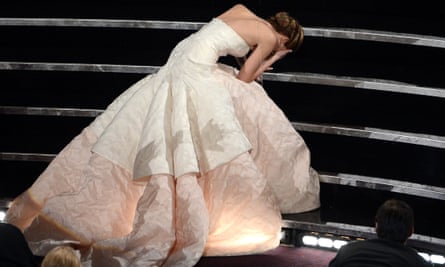
While in the UK, Dior would visit specialist British manufacturers, such as Dents (gloves), H & M Rayne (shoes), Lyle & Scott (knitwear) and Mitchel Maer (costume jewellery), admiring their craftsmanship and developing collaborative collections. Shortly before his death in 1957, Dior partnered with Market Harborough-based corset makers R & WH Symington to produce Dior-designed underwear “made specially to English fittings”.
“Dior was extremely enamoured with the British aristocracy and the royal family, with their wardrobes packed with tweeds and ballgowns,” says Kate Strasdin, senior lecturer in fashion history and cultural studies at Falmouth University. “But he also loved the very real sensibilities of everyday style here, and had a passion for Savile Row suits. He felt that all of the skills we had here brought a lot to the couture table and placed enormous value on that. Even today, the house of Dior shares videos on social media sharing the workmanship of their embroiderers, feather-workers and other artisan skills that have been kept alive thanks to the world of haute couture.”
Christian Dior: Designer of Dreams, the Sainsbury Gallery, V&A, London, 2 February – 14 July
